Foreign aid the prescription for medical device makers' drive
Updated: 2013-07-09 06:13
By Liu Jie (China Daily)
|
||||||||
Diagnostic devices in great demand; small orders and diverse mix of products are common
Chinese medical device makers should take the opportunities stemming from foreign aid projects to promote their products and establish their brands globally, especially in developing markets, government officials and industry insiders said on Monday.
According to Lu Feng, director of the department of aid to foreign countries under the Ministry of Commerce, an important part of China's assistance to foreign nations has been medical care aid, including the construction of hospitals with medical equipment, donation of drugs and medical devices, as well as equipment and facility upgrading projects in old medical institutions built by Chinese firms.
Diagnostic devices are in great demand, while orders involving small amounts of money and a diverse mix of products are common. Also, the demand of Chinese medical aid teams for smaller and mobile devices are increasing, given local geographic and emergency conditions in some developing nations.
China has plans to focus increasingly on foreign aid closely related to local people's quality of life, thus the proportion of medical care and education projects is expected to increase in the country's foreign aid portfolio, he said.
The value of annual foreign aid from China, including material aid and non-interest loans, has been about 20 billion yuan ($3.26 million) over recent years, with food products, cars and medical care products in the top three, according to the ministry.
"Unlike developed economies, which buy foreign aid products and services via international bidding, China buys them via public bidding among qualified domestic companies for a high cost-performance ratio," said Lu, adding that this offers opportunities for Chinese companies with good products and services but without access to markets abroad.
ZTE Corp and Huawei Technologies Co were cited as examples. The two local telecom equipment makers first entered the overseas market through China's foreign aid projects to African countries. They established their brands in those markets and later started tapping developed markets due to their reliable and high-quality products and services as well as rich overseas operating experience.
"We believe there will be ZTE- and Huawei-like Chinese medical device companies emerging in the international market," said Xiao Fenghuai, deputy director general of the China International Center for Economic and Technical Exchange, China's foreign aid projects organization under the Ministry of Commerce.
Neusoft Medical Co, a Dalian, Liaoning province-based medical equipment and service maker, has taken the lead. It has delivered computed tomography, magnetic resonance imaging, X-ray and ultrasound equipment - worth billions of yuan - via China's foreign assistance projects to developing nations since the early 2010s and has developed a well-established brand. It now has subsidiaries in Peru, the Middle East and the United States and an office in Vietnam, with exports to more than 90 nations and regions.
To take part in the annual bidding, Chinese companies are required to register in national commercial chambers of six industries or with Xiao's institute to get certificates, and to check if their products and services are able to meet a series of standards.
"That's to ensure the product quality, business authenticity and trustworthiness of our aid to foreign nations," said Xiao.
The China Chamber of Commerce for Import & Export of Medicines & Health Products is responsible for the selection of the domestic medical device makers that take part in the public bidding.
Li Jianquan is chairman of Winner (Shenzhen) Medical Group Co Ltd, China's largest wound care products exporter by sales for 10 years. He said that in both developed and developing markets, products made in China are very popular.
"We've been part of the foreign aid projects, and our products sent to Africa and Southeast Asia are not low-end and are really technically advanced," he said. "Chinese companies can take this opportunity to grab more market share in developing and emerging markets, which will definitely be the most promising in the next decade."
liujie@chinadaily.com.cn
(China Daily USA 07/09/2013 page14)
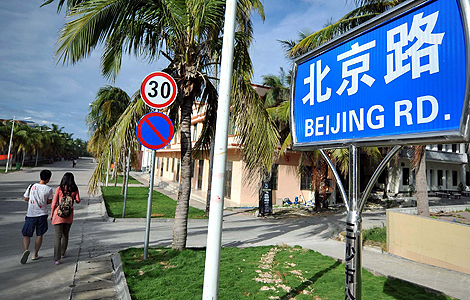
 China's youngest city glistens under palm trees
China's youngest city glistens under palm trees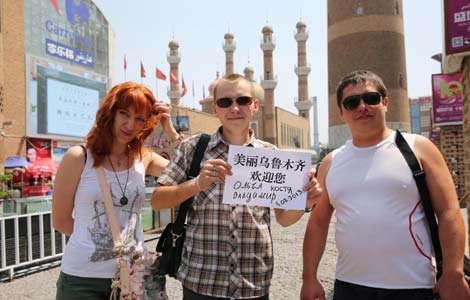
 Xinjiang tourism recovering
Xinjiang tourism recovering
 Quebec disaster death toll jumps to 13
Quebec disaster death toll jumps to 13
 Mourn for students in San Francisco air crash
Mourn for students in San Francisco air crash
 Rolling stone finally settles
Rolling stone finally settles
 Double-decker bus caught fire in Shanghai
Double-decker bus caught fire in Shanghai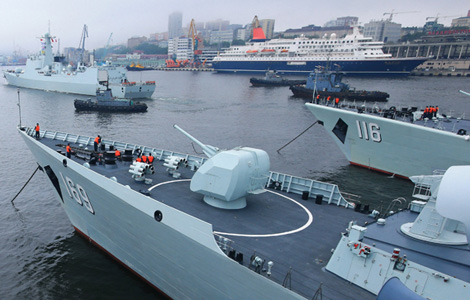
 China, Russia begin live-fire navy drill
China, Russia begin live-fire navy drill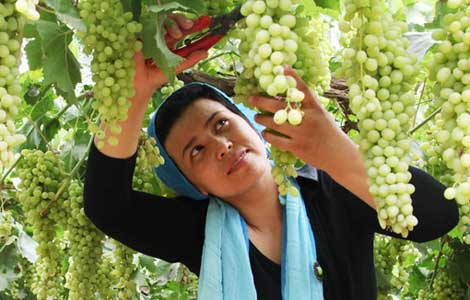
 Grape expectations for Xinjiang county
Grape expectations for Xinjiang county
Most Viewed
Editor's Picks

|

|

|

|
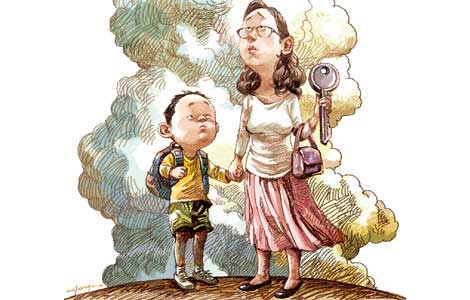
|

|
Today's Top News
China improves maritime law enforcement
Air crash victims' families arrive in SF
Hopes are high for US, China talks
Laden's life on the run revealed
US mulls hastening withdrawal from Afghanistan
China's inflation grows 2.7% in June
Country singer Randy Travis in critical condition
Police look for suspects in Brazil soccer slaying
US Weekly

|

|







